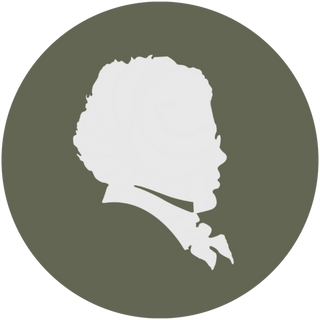The opening Allegro di molto contrasts a prevailing tone of jocular banter (the horn call is rarely absent for long) with a sinuous second theme, proposed by the first violin and repeated by the cello against veiled chromatic counterpoints in the violas—a wonderful moment of Mozartian expressive ambivalence. For his slow movement Mozart writes a popular-style Romance in gavotte rhythm, of a type familiar elsewhere in Mozart (most famously in Eine kleine Nachtmusik) and Haydn. Like many Haydn movements it fuses rondo and free variation form, with episodes that develop the dainty gavotte theme in increasingly ornate textures.
The jaunty minuet works its ubiquitous descending scale motif in ever-changing instrumental combinations before the violas finally turn it upside down—a slyly witty touch. With a nod to Haydn’s Symphony No 88, the trio presents a lolloping Ländler over a rustic drone bass. In spirit and technique, even the cut of its contredanse tune, the monothematic finale echoes another recent Haydn work, the E-flat String Quartet, No 6, from the set published as Op 64. Like Haydn’s finale, it virtuosically combines the popular and (in eighteenth-century parlance) ‘learned’ styles. Brilliant sallies for the first violin and evocations of a gypsy band rub shoulders with bouts of cerebral fugal writing. Then, near the close, Mozart plays the Haydnesque trick of casually turning the melody on its head (shades here of the minuet), before the quintet ends in a volley of sardonic laughter." (Richard Wigmore, Hyperion Records)
The opening Allegro di molto contrasts a prevailing tone of jocular banter (the horn call is rarely absent for long) with a sinuous second theme, proposed by the first violin and repeated by the cello against veiled chromatic counterpoints in the violas—a wonderful moment of Mozartian expressive ambivalence. For his slow movement Mozart writes a popular-style Romance in gavotte rhythm, of a type familiar elsewhere in Mozart (most famously in Eine kleine Nachtmusik) and Haydn. Like many Haydn movements it fuses rondo and free variation form, with episodes that develop the dainty gavotte theme in increasingly ornate textures.
The jaunty minuet works its ubiquitous descending scale motif in ever-changing instrumental combinations before the violas finally turn it upside down—a slyly witty touch. With a nod to Haydn’s Symphony No 88, the trio presents a lolloping Ländler over a rustic drone bass. In spirit and technique, even the cut of its contredanse tune, the monothematic finale echoes another recent Haydn work, the E-flat String Quartet, No 6, from the set published as Op 64. Like Haydn’s finale, it virtuosically combines the popular and (in eighteenth-century parlance) ‘learned’ styles. Brilliant sallies for the first violin and evocations of a gypsy band rub shoulders with bouts of cerebral fugal writing. Then, near the close, Mozart plays the Haydnesque trick of casually turning the melody on its head (shades here of the minuet), before the quintet ends in a volley of sardonic laughter." (Richard Wigmore, Hyperion Records)

![Mozart, Wolfgang Amadeus. (1756–1791) "Partitions des cinq principaux Quintetti pour deux Violons, deux Altos, et Violoncelle, composés par W. A. Mozart. No. 5" [K. 614]](http://www.schubertiademusic.com/cdn/shop/files/Mozart_Wolfgang_Amadeus_String_Quintet_No_6_1163a.jpg?v=1722186066&width=320)
![Mozart, Wolfgang Amadeus. (1756–1791) "Partitions des cinq principaux Quintetti pour deux Violons, deux Altos, et Violoncelle, composés par W. A. Mozart. No. 5" [K. 614]](http://www.schubertiademusic.com/cdn/shop/files/Mozart_Wolfgang_Amadeus_String_Quintet_No_6_1163b.jpg?v=1722186066&width=320)
![Mozart, Wolfgang Amadeus. (1756–1791) "Partitions des cinq principaux Quintetti pour deux Violons, deux Altos, et Violoncelle, composés par W. A. Mozart. No. 5" [K. 614]](http://www.schubertiademusic.com/cdn/shop/files/Mozart_Wolfgang_Amadeus_String_Quintet_No_6_1163c.jpg?v=1722186066&width=320)